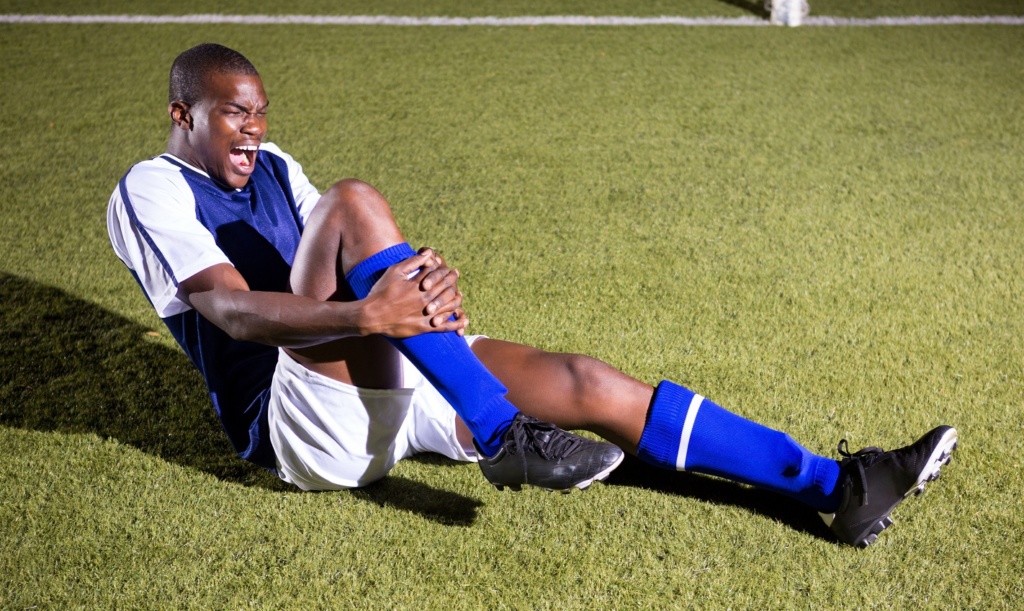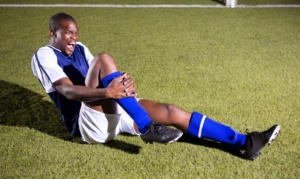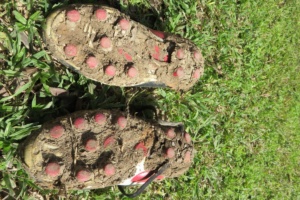Table of Contents
ToggleYour legs are under attack. A 2020 study found that 60%-90% of soccer injuries occur in the lower limbs, and many soccer players injure their hamstring muscles, ankles, and knees.
Soccer guards are your best tool to protect your legs. But you can’t just grab a pair off the shelf and run onto the field. To stay safe, you need to know how to wear shin guards.
How can you figure out what guards are best for you? How should shin guards fit, and how should you put your guards on? What should you wear over your guards?
Answer these questions, and you can enjoy soccer for years to come. Here is your quick guide.

Measure Your Shins
You want shin guards that match the size of your legs perfectly. Guards that are too small will not protect your shin, while ones that are too big can be a tripping hazard.
Measure yourself from your knee to the bend of your ankle. Make sure your leg is straight, and use a tape measure that rests against your skin. You can put your foot on a chair to keep your leg steady.
You want guards that cover the skin from two inches below your knee to a point just above your ankle bend. The width of your leg isn’t as important, but you should find straps for your guards that wrap around your legs.
Select the Right Style of Shin Guards
Many people assume that all shin guards come alike. In reality, there are several styles of shin guards you need to examine before buying yours.
Slip-in shin guards slip over your leg like a sock and contain a protective plate inside a compression sleeve. The sleeve is loose enough that you have a wide range of motion, but the plate may not give you protection from side collisions.
Defenders tend to wear these guards as they experience a lot of collisions from the front. You can also wear them if you are a midfielder, as they give you plenty of flexibility.
Ankle shin guards wrap around your ankle. They contain firm padding, which protects the sides of your legs and ankles more than protective plates. Many younger and less experienced players wear these guards.
Shin socks are socks with plates and pads built into them. They are effortless to wear, though the pads inside may be thin. Goalkeepers can wear shin socks as they endure very few collisions and need the freedom to move around.
Slip the Guards On
It would be best if you went to a sporting store to try several pairs of shin guards on. Before you put them on, you should hold them against your knee and see how they feel on your shin. If they feel too tight or don’t cover up a lot of skin, you should not put them on.
Whatever type of shin guards you buy, you should slide them past your ankle and up your shin. It would be best if you then strapped or secured them in place.
Grab the sides of your guards and position them, so they are centered on your leg, and they should always stay on the side.
If you feel your guards sliding around, you can use shin guard tape to hold them in place. You can also wear guards around your ankles, which will protect your ankles and keep your shin guards from sliding down.
After you’ve put them on, you should walk around in them to see how they feel. You should try running and kicking in them as well.
If they restrict your movement too much, you should get another pair. You can also try loosening the straps or removing the shin guard tape.
Wear Your Socks Over the Guards
You are not done once you have your guards on. You should wear a pair of soccer socks and pull them over your guards. They’ll conceal your guards and help them stay in place.
The socks should go all the way up your leg, covering the skin up to your knee. If you have additional fabric, you should roll the fabric down over the top of your guard.
Make sure the socks are not too tight around your legs. If they cut off your circulation, you should get a looser pair. You may want to loosen your guards as well.
You can now put your soccer shoes on, and they should not rub against your guards. If they do, you need to get a different size, so your ankles do not chafe.
Care For Your Guards
Shin guards can last for a few years if you care for them properly. While sitting on the bench, you should inspect your guards for any scratches or cracks.
You should remove your shoes and socks when you’re taking your guards off. Loosen the straps gradually, so they don’t break. Slide the guards off your legs and then look at your skin to see if you have any chafing or cuts.
Follow the instructions from the manufacturer for cleaning your shin guards. Some guards have unique materials that soap and other cleaning tools can damage. It would help if you washed your guards at least once a month so you avoid bacterial infections and don’t stain your soccer clothes on them.
Wash your guards with soap and water, so you kill any bacteria on them. Try to avoid using hot water, as this can cause the materials to shrink. Dry them on a clothesline for a few hours until they are completely dry before wearing them again.
Wear Your Shin Guards Properly
To wear your shin guards correctly, you need to measure your legs. Look at a few types of guards and find a kind that gives you protection and flexibility.
Buy a pair of guards that protect your shins but don’t hurt your ankles and knees. Slip them on, strap them in, and pull socks over your guards. Inspect your guards for signs of damage regularly.
If you need clarification about soccer gear, turn to the experts. The Soccer Handbook lets you know what you need to have. Please read our guides to the best shin guards and youth shin guards today.


